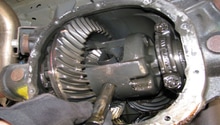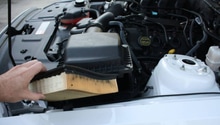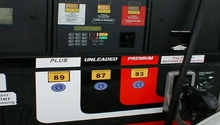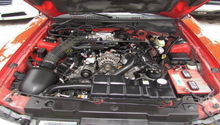Ford Mustang V6 and Mustang GT 1994-2014: How to Maximize Your MPG
Here are a few tips that can help you improve the fuel economy on your car.
This article applies to the Ford Mustang V6 and Mustang GT (1994-2014).
If anyone ever told you that owning a Mustang is going to give you one of the most fuel-efficient cars on the road, and you believed them, well I have some ocean-front real estate to sell you in Colorado that you'll really enjoy! The Mustang is a sports car. By definition I'm pretty sure that it's illegal to drive it conservatively. With that said, even with the recent drop in gas prices, it can be a good idea to work on improving fuel economy on your ride. I'm going to go through a few options and techniques that could help you increase your miles per gallon and hopefully help you save some money long-term that will likely negate that previously saved fuel.
Step 1 – Check the tire pressure
While this may seem like one of those common sense items, it can easily be overlooked. The proper tire pressure levels are generally located on the door jamb of the Mustang on the driver side when the door is opened. By making sure that you have your tires properly inflated, statistics say that you can increase your fuel economy by as much as three percent or more. It may not sound like a large number, but long-term it will help keep you from stopping at the filling station quite as often. Additionally, properly inflated tires will last longer as they should wear more evenly.

Pro Tip
Not all cars have tire pressure monitors and some just are not accurate. Keep a tire pressure gauge in your car, just in case.
Step 2 – Don't race everyone you see
It's easy to forget that the Mustang doesn't have to be driven aggressively. Here comes the common sense patrol again: keeping your foot off of the accelerator can help you improve your MPG. From a complete stop, don't accelerate quickly. By making a smooth acceleration off the line you won't be forcing the car to work harder and consume fuel as quickly. Once again, long term, this helps to save you money.
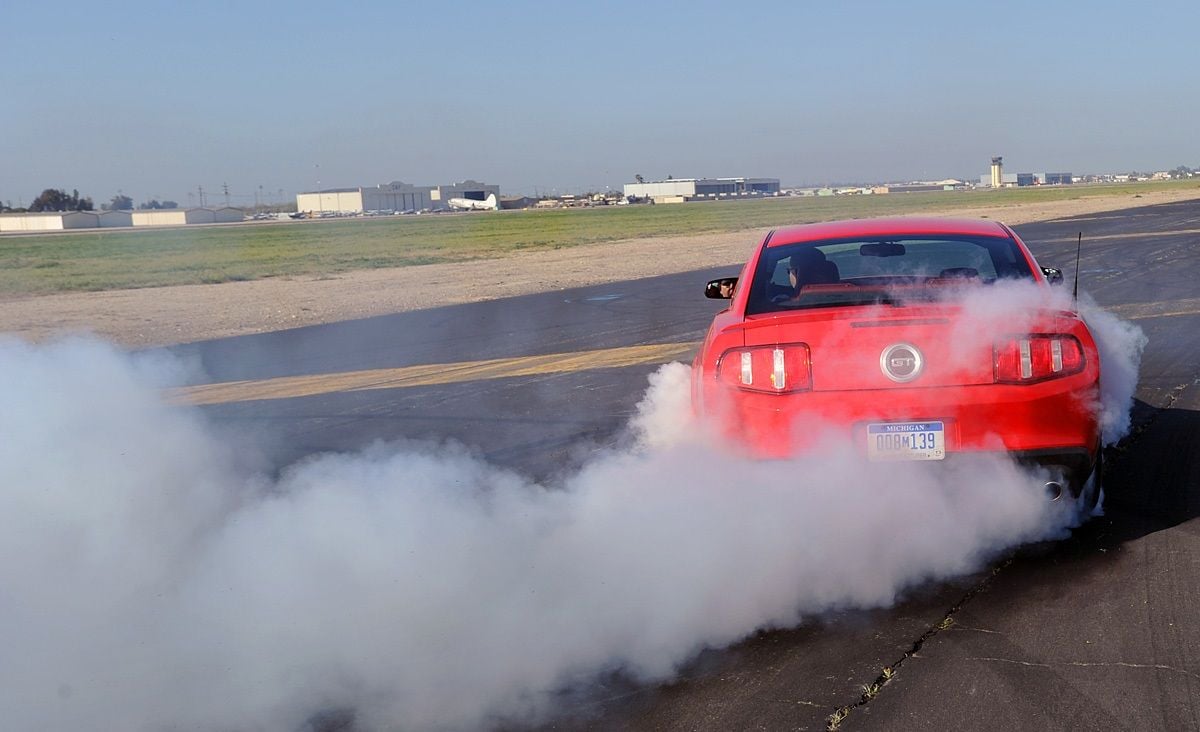
Pro Tip
This step can be negated when next to a Corvette, Camaro, Challanger or other similar vehicle.
Step 3 – Remove excess weight
First off, this step isn't trying to imply that you yourself lose weight, although I know that I could stand to lose a few pounds. This is talking about all of the unnecessary items you have in the car. In my opinion, golf clubs are considered necessary, but some may look at it differently than me. So having two full golf bags, dog toys, a few blankets, a random box from your neighbor, a few gallons of water - all of those things add up. Once again, while it may not show up as a significant improvement, every little bit helps.
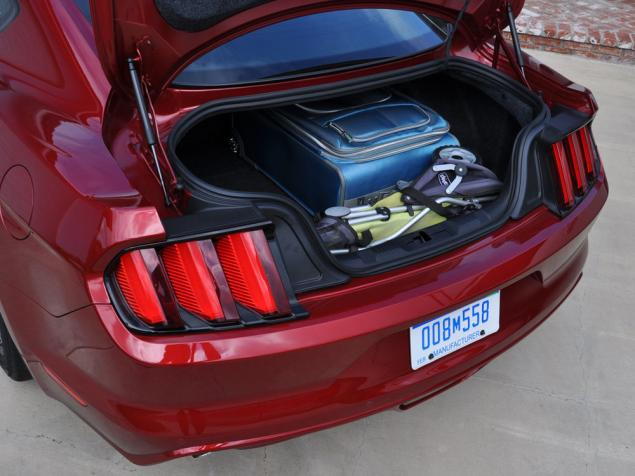
Step 4 – Help the engine breathe better
When was the last time you changed your air filter? Better question, when was the last time you thought about your air filter? My guess? The majority of you may have said never and never to those questions. Depending on the age of your Mustang, swapping out the air filter can mean the world to your engine performance and fuel economy. There are some companies out there that claim their air filters can not only improve performance but also fuel economy. Don't believe all the hype; do your own research. What's true is that if you have a dirty air filter, you are doing your Mustang a great disservice. Swap it out and you'll likely see a noticeable difference across the board.

Step 5 – Cruise
Cruise control is one of those items a lot of us take for granted. For some reason, some of us just don't use this feature. Maintaining a consistent speed while driving can help improve fuel economy. By allowing your car to slowly regulate speed, you are going to once again make your Mustang more efficient. If you haven't noticed yet, efficiency is the theme here.
Step 6 – Slow down
This may be one of the more difficult steps for some of you. The EPA claims that gas mileage decreases quickly for just about every vehicle once it gets past 60 miles per hour. They claim that for every 5 miles per hour over 60 MPG, you're paying an additional 20 cents per gallon of gas. Well if the Mythbusters haven't proven it, I'm not sure I believe it. Either way, we can all agree that the faster you drive the harder the engine is working and the more gas it's going to use. Slow down, unless you're faced with the pro tip in Step 2.

This isn't an in inclusive list. Do some research on your own and you'll likely find additional tips and keys that you can use. When in doubt, take your time, slow down and enjoy the drive.
Related Discussions
- Simple Mods to Increase MPG on V6 - Mustangforums.com
- What Determines City MPG? - Mustangforums.com
- V6 Fuel Economy - Mustangforums.com
- Ford Mustang GT Leads Class with 26 MPG Highway - Mustangforums.com


